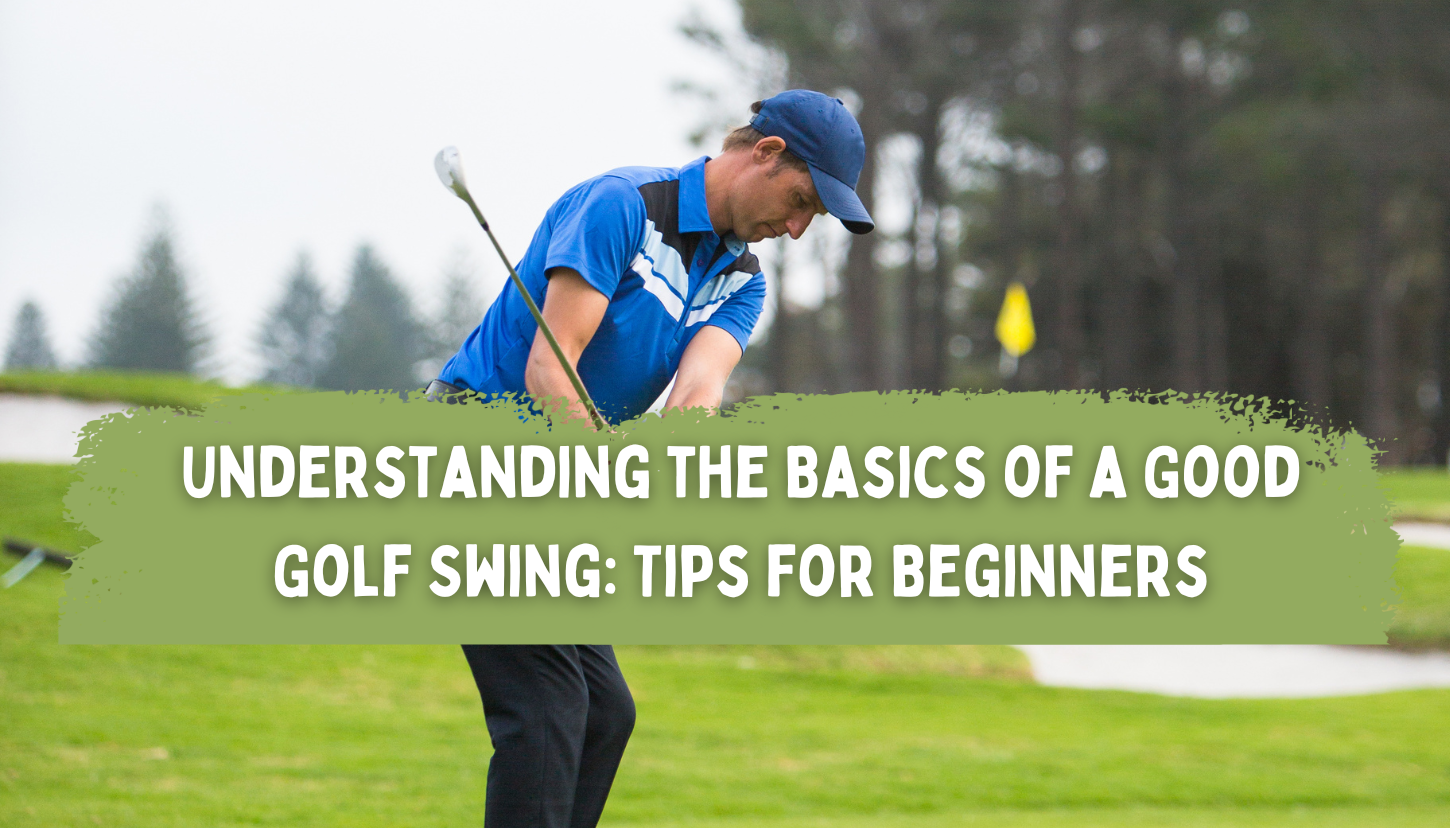Golf is a game that requires skill, technique, and patience. One of the most critical aspects of golf is the swing. Developing a good golf swing takes time and practice, but it’s essential to master it to become a skilled player. This article will discuss the fundamental principles of a good golf swing and provide tips for beginners to improve their technique.
Table of Contents
Golf swing basics
The golf swing consists of several elements, each contributing to a smooth, powerful, and consistent swing. A few of the essential elements of a good golf swing include:
- Golf grip: How you hold the club is critical to your swing. A proper golf grip should be firm but not too tight, with your hands working together.
- Golf stance: Your stance sets up the foundation for your swing. Your feet should be shoulder-width apart, with your weight evenly distributed between them.
- Golf ball position: The ball’s position in your stance can affect the trajectory and spin of the ball. The ball should be just inside your left heel for a driver, while for shorter clubs, it should move toward the center of your stance.
Golf swing mechanics
Now that we’ve covered the basics, let’s dive deeper into the mechanics of a good golf swing. Here are some key elements to keep in mind:
- Backswing: The backswing sets up the power for your swing. As you take the club back, your left arm should stay straight while your right elbow bends.
- Downswing: The downswing is where the clubhead accelerates toward the ball. Keep your weight on your back foot as you start the downswing and shift it to your front foot as you follow through.
- Follow-through: The follow-through completes the swing and ensures that you maintain balance and control. Allow your club to continue its natural path and finish with your body facing the target.
Weight transfer in golf swing
Another key element of a good golf swing is proper weight transfer. Here are some tips to help you transfer your weight effectively:
- Start with your weight on your back foot during the backswing.
- As you start the downswing, gradually shift your weight onto your front foot.
- At impact, approximately 80% of your weight should be on your front foot.
Hip rotation in golf swing
Hip rotation is critical for generating power and consistency in your swing. Here’s how to do it effectively:
- As you begin your downswing, rotate your hips toward the target.
- Your left hip should move towards the target while your right hip rotates out of the way.
Arm extension in golf swing
Arm extension is another crucial element of a good golf swing. Here’s what to keep in mind:
- Your arms should remain relatively straight throughout the swing.
- As you reach the top of your backswing, allow your wrists to hinge naturally.
- As you start the downswing, your arms should lead toward the ball.
Golf swing tempo
Tempo is the rhythm and timing of your swing. A consistent tempo can help you generate more power and accuracy. Remember to:
- Maintain a smooth, even tempo throughout your swing.
- Avoid rushing or jerking movements.
Common golf swing mistakes
Even the most experienced golfers make mistakes in their swing. Here are some common issues to watch for:
- Shifting weight too much during the swing.
- Overusing your arms and not rotating your body enough.
- Failing to keep your head still during the swing.
- Gripping the club too tightly.
How to fix golf swing problems
If you’re struggling with your swing, here are some tips to help you improve:
- Work on your grip and stance to ensure a strong foundation.
- Focus on smooth, consistent movements throughout your swing.
- Practice drills to improve specific elements of your swing, such as weight transfer or hip rotation.
Practice drills for golf swing improvement
Here are a few practice drills to help you improve your golf swing:
- Swing with your feet together to encourage a smoother, more balanced swing.
- Use alignment sticks to ensure proper body position and posture.
- Practice hitting balls off a tee to work on your backswing and follow-through.
Importance of consistency in golf swing
Finally, it’s essential to maintain consistency in
your golf swing. Consistency is key to improving your technique and becoming a better golfer. Here are some tips to help you maintain consistency:
- Practice regularly and work on specific elements of your swing.
- Focus on your tempo and rhythm, aiming for smooth, even movements.
- Use video analysis or a coach to identify areas for improvement and track your progress.
By incorporating these tips into your practice routine, you can develop a solid foundation for your golf swing and improve your skills.
A good golf swing takes time and practice, but mastering the basics is essential for success. You can improve your technique and become a more consistent player by focusing on elements such as grip, stance, ball position, backswing, downswing, follow-through, weight transfer, hip rotation, arm extension, and tempo. Remember to practice regularly, stay patient, and seek help from coaches or resources when needed. With dedication and effort, you can develop a strong, reliable golf swing that will serve you well for years to come.

